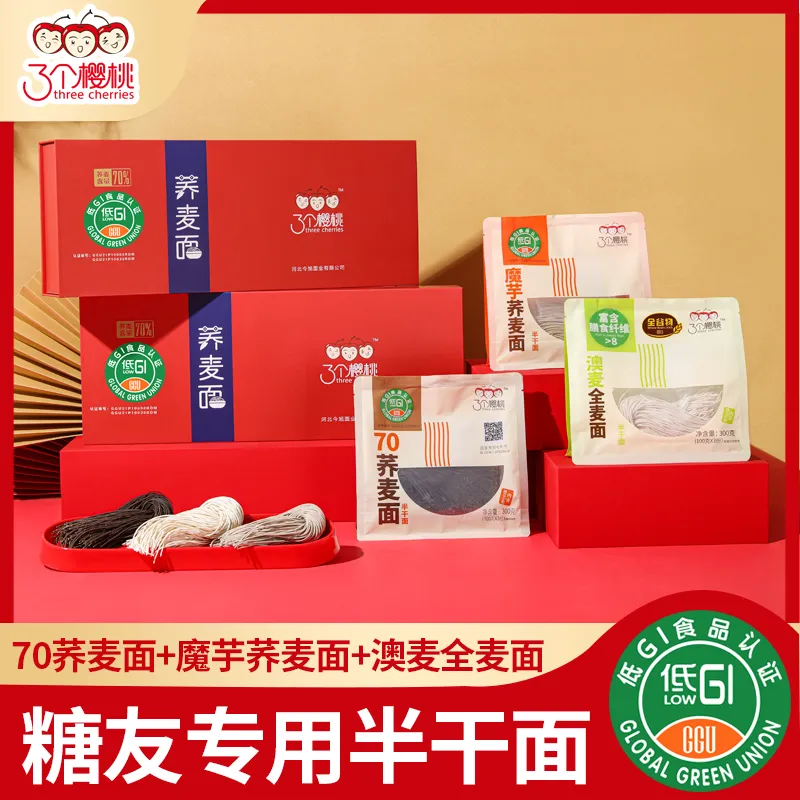Benefits of Whole Grain Pasta for a Healthier Lifestyle and Balanced Diet
The Benefits of Whole Grain Pasta A Nutritious Choice for a Healthier Lifestyle
Whole grain pasta is rapidly gaining popularity among health-conscious consumers, and for good reason. While traditional pasta has its charm, whole grain pasta offers a myriad of health benefits that can support a balanced diet. In this article, we will explore what whole grain pasta is, its nutritional advantages, and some delicious ways to incorporate it into your meals.
What is Whole Grain Pasta?
Whole grain pasta is made from whole grains, which include the entire kernel of the grain the bran, germ, and endosperm. Unlike regular pasta, which is typically made from refined wheat flour and lacks significant amounts of nutrients, whole grain pasta retains the natural nutrients found in the grain. This means that it is not only more nutritious but also richer in flavor and texture.
Nutritional Advantages
1. Higher Fiber Content One of the standout features of whole grain pasta is its high fiber content. Fiber is essential for digestive health, helping to keep your gut functioning smoothly and preventing constipation. A diet rich in fiber can also help you feel fuller longer, making it easier to manage your weight.
2. Packed with Nutrients Whole grain pasta is a great source of several vital nutrients, including B vitamins, iron, magnesium, and selenium. These nutrients play crucial roles in energy production, immune function, and the overall maintenance of bodily functions.
3. Lower Glycemic Index Whole grain pasta has a lower glycemic index compared to refined pasta. This means it causes a slower, more gradual increase in blood sugar levels, making it a better choice for those managing diabetes or trying to maintain steady energy levels throughout the day.
4. Heart Health The consumption of whole grains, including whole grain pasta, has been associated with a lower risk of heart disease. The fiber, antioxidants, and healthy fats present in whole grains contribute to better heart health by lowering cholesterol levels and reducing inflammation.
5. Weight Management Whole grain pasta can be a valuable ally for those looking to maintain or lose weight. Its higher fiber content keeps you feeling satisfied, which can reduce overall calorie intake.
whole grain pasta

Incorporating Whole Grain Pasta into Your Diet
Transitioning to whole grain pasta doesn’t mean sacrificing taste or variety in your meals. There are numerous ways to incorporate this nutritious ingredient into your diet
1. Classic Pairings Whole grain pasta pairs beautifully with tomato-based sauces, pesto, or creamy sauces. Add vegetables and lean proteins like chicken or beans for a well-rounded meal.
2. Salads Use whole grain pasta as a base for a hearty salad. Combine it with fresh vegetables, legumes, a light dressing, and perhaps some cheese or nuts for added flavor and nutrition.
3. Baked Dishes Incorporate whole grain pasta into baked dishes like pasta bakes or casseroles. Combine it with your favorite ingredients, and bake until bubbly for a comforting meal.
4. Soups Add whole grain pasta to soups for an extra dose of fiber and nutrients. It can serve as a satisfying accompaniment to broth-based soups or stews.
5. Experiment with Different Shapes Whole grain pasta comes in various shapes and sizes, from spaghetti to fusilli. Experiment with different types to find what you enjoy most and to keep your meals exciting.
Conclusion
Whole grain pasta is more than just a trendy food; it’s a nutritious staple that can enhance your diet and support a healthy lifestyle. With its higher fiber content, essential nutrients, and versatility in the kitchen, whole grain pasta is a delicious and beneficial alternative to traditional pasta. By making the simple switch, you can enjoy all the great taste of pasta while reaping the health benefits it has to offer. So why not give whole grain pasta a try? Your body will thank you!
-
Low GI70 Soba: Delicious, Healthy & Blood Sugar FriendlyNewsAug.29,2025
-
Authentic Fried Sauce Noodles: Savory, Satisfying, & Easy!NewsAug.28,2025
-
Wholesale Ramen Noodles SuppliersNewsAug.27,2025
-
Organic Soba NoodlesNewsAug.27,2025
-
Organic Ramen Noodles BulkNewsAug.27,2025
-
Improving Foodservice: A Wholesale Buyer’s Guide to Fresh PastaNewsAug.27,2025
-
Dragon Chuka Soba NoodlesNewsAug.27,2025
Browse qua the following product new the we







